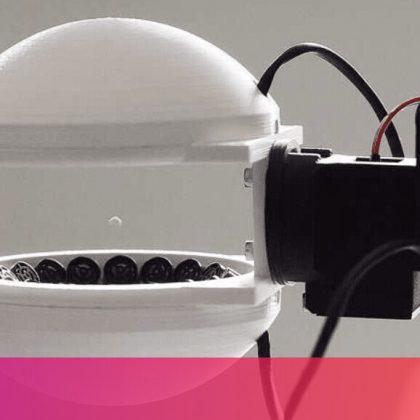Google’s mysterious Fuchsia OS has been a skunkworks project at the company for years now, with only small glimpses of the new operating system, and lots of buzz in the media every time some new development takes place. Earlier this year, Google hired a prominent Apple software engineer to help bring the new operating system to market. Interestingly, the project has been up at GitHub since 2016 and you can even play around with an experimental browser-based version over there as well. On Friday, however, Google lifted more of its veil of secrecy for Fuchsia and officially registered the domain Fuchsia.dev, launching a new developer support site, which says obviously the company is getting serious about the project in terms of its legitimacy as a Google initiative. So what exactly do we know about Fuchsia and its future potential? Not a lot but apparently Google is looking to reinvent the open source wheel, so to speak.
To date, the primary operating systems in the market, whether they be for mobile, desktop or even embedded solutions are based on either a Unix, Linux or Windows kernel at their core. This includes Windows variants, iOS, MacOS and Android. What’s potentially radical with Google’s Fuchsia OS is that it’s not only open source, but it’s also not based on any of these major OS kernels, rather a completely new “microkernel” called Zircon. Yes, it even sounds cool.
Zircon was previously known as Magenta and it was designed to scale to any application from embedded RTOS (Real-Time Operating Systems) to mobile and desktop devices of all kinds. As a result, there has been much speculation that Fuchsia will be the natural successor to Android and Chrome OS, combining capabilities of both with backwards compatibility to run legacy applications built on either. In short, this thing is designed to run on anything from 32-bit or 64-bit ARM cores to 64-bit X86 processors and it has a potential to be rather disruptive.
Google’s Fuchsia.dev site is pretty bare bones currently but contains the basics, including a glossary, Getting Started guide and instructions for building and running apps that run on Fuchsia. There’s even system documentation on how Fuchsia works, and it appears to be much more modular in nature, breaking off what might otherwise be considered core components to discrete functionality. The Zircon Kernel concept page notes, “The kernel manages a number of different types of Objects. Those which are accessible directly via system calls are C++ classes which implement the Dispatcher interface. These are implemented in kernel/object. Many are self-contained higher-level Objects. Some wrap lower-level lk primitives.
“Any way you slice it, Google’s Fuchsia OS initiative is fascinating. Is there really room for another OS kernel in the market? What sort of adoption headwinds will Fuchsia have to endure if Google really does press on with it? Regardless of the answers to these questions, it does seem that Google’s Fuchsia is keenly focused on cross-platform compatibility, which will be essential
Read More





